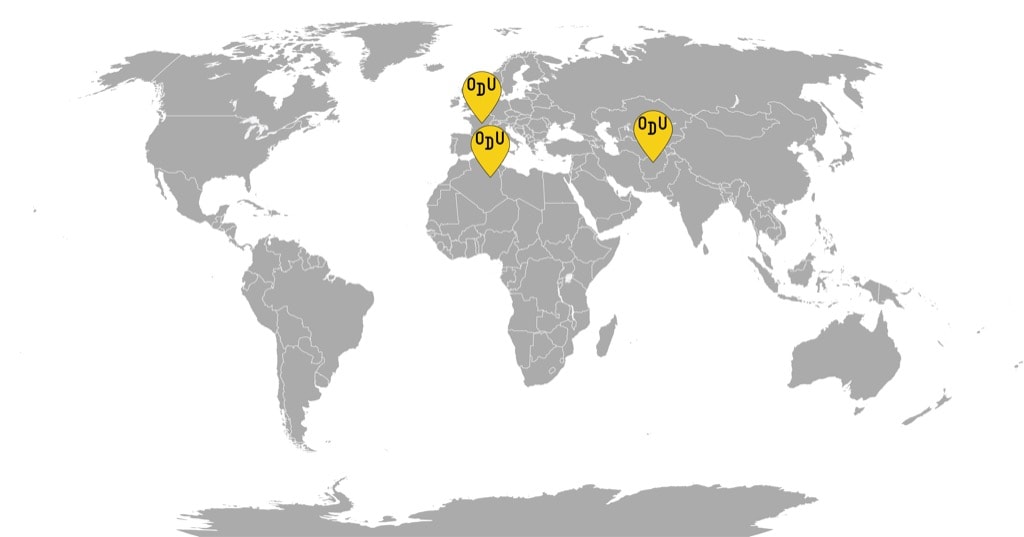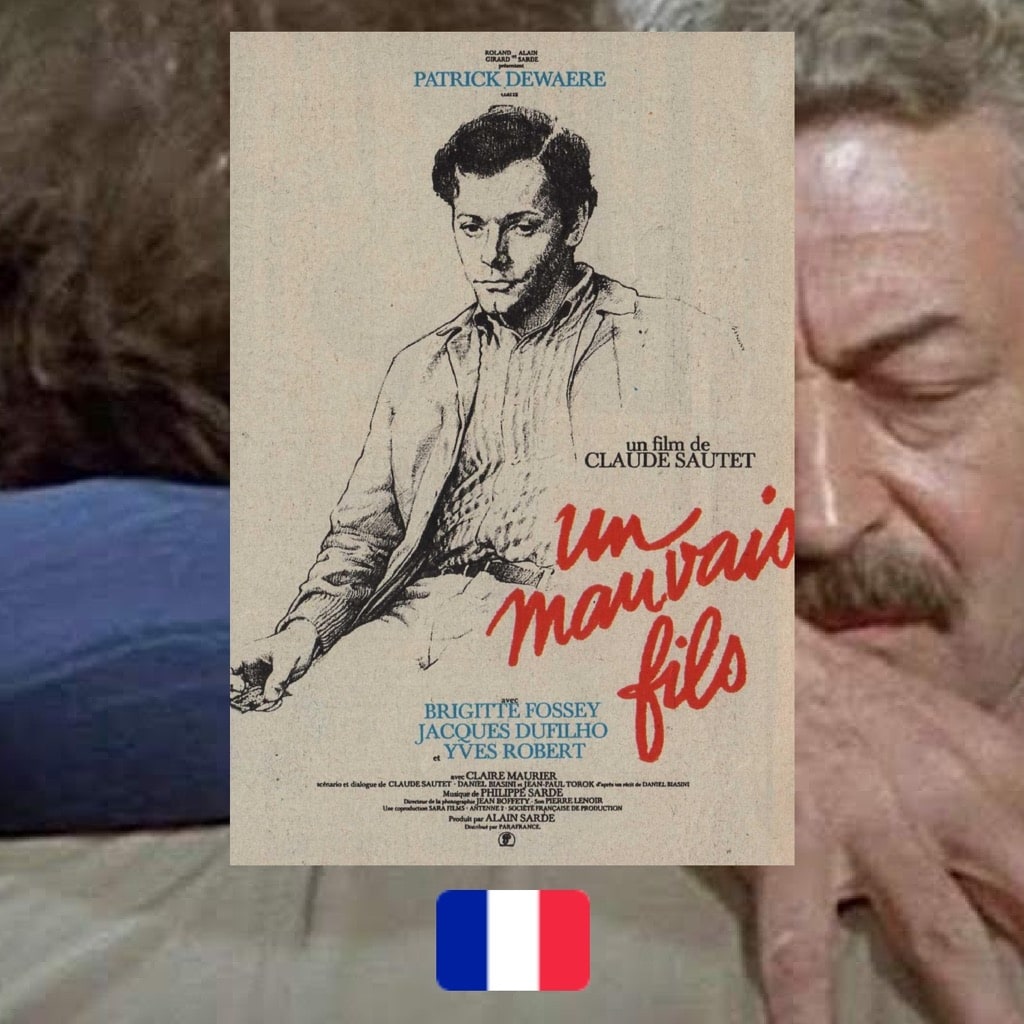The lives of two couples waiting for their real-life to begin in Taliban-run Kabul are entwined in a heart-breaking animated adaptation of Yasmina Khadra’s novel



FROM FRANCE, AFGHANISTAN and ALGERIA
WHAT IT’S ABOUT: “The Swallows of Kabul” is an adaptation of the eponymous novel by Algerian author Yasmina Khadra. It’s 1998 in Afghanistan, and the Taliban is running Kabul. Atiq, a war veteran, works as a prison warden and sees his inmates taken out for public executions every so often. Atiq is riddled with PTSD, and his wife Mussarat suffers from cancer and depression, which makes for a household that’s financially comfortable, but full of desperation and submission to life’s bleak perspectives. As Atiq interacts with other players in the Taliban regime’s enforcement around him, his disaffection with the organization is palpable. Mohsen and Zunaira are another married couple, only younger and poorer. Unlike Atiq and Mussarat, they’re still holding out hope that the dark times will soon pass, and the two of them will be able to fulfill their dreams of making a living as a historian and an artist. Zunaira doesn’t even own a burqa, and stays indoors all day, secretly drawing on the walls. Mohsen roams the streets, trying to get back a debt. A chance experience with the Taliban’s inhumane practices corrupts his morality, but an encounter with his ex-professor gives Mohsen hope for a better future. However, as Mohsen and Zunaira bicker in their miserable isolation, a dark twist of events links their story with that of Atiq and Mussarat, and gives the older couple a chance to finally reconcile their compliance to the regime.
WHO MADE IT: A child of actors, Zabou Breitman has been in the film industry since an early age, first as an actor, then as a writer and director—her debut film “Beautiful Souvenirs” brought her a César. She directed “The Swallows of Kabul,” her animation debut, alongside another woman, Eléa Gobbé-Mévellec, who had never directed before, but brought in her decade of experience in animation, including on “The Rabbi’s Cat.” Meanwhile, the screenplay was adapted by Breitman, along with Patricia Mortagne and Sébastien Tavel, from Yasmina Khadra’s popular book “The Swallows of Kabul.” An officer in the Algerian army at the start of his career, Khadra had to do something to avoid censorship, and his wife offered to him to write under her name. Despite having been unveiled since then, Khadra remains the most prominent Algerian author alive today, and “The Swallows of Kabul” is one of his more popular books.
Of the voice actors, the most famous is, perhaps, Hiam Abbass, who voices Mussarat: a Palestinian-French-Israeli actor and filmmaker, who is best known for her roles in Steven Spielberg’s “Munich” and Denis Villeneuve’s “Blade Runner 2049”. Atiq is voiced by Simon Abkarian, a French-Armenian actor who grew up in Lebanon, and is best known for appearing as a Bond villain in “Casino Royale” and the chef in Sally Potter’s “Yes.” He also voiced Marji’s father in the thematically close “Persepolis.” Zita Hanrot, of Jamaican and French heritage, voices Zunaira: she’s a young, trailblazing actor who became the first black woman to receive a César for her supporting role in “Fatima.” Meanwhile, Swann Arlaud, a French actor who recently appeared in Francois Ozon’s “By the Grace of God,” voiced Mohsen. Breitman’s father, the actor Jean-Claude Deret makes an appearance as Nazish: Atiq’s friend, who ponders whether escaping Afghanistan is possible.
The production company behind “The Swallows of Kabul” is Les Armateurs, who was behind some animated hits, including the Kirikou films and “The Triplets of Belleville.” There doesn’t seem to be a particular animation studio attached to the project, but the work of the dedicated crew is mindblowing. “The Swallows of Kabul” also deserves praise for its soundtrack, which features both pumpy indie rock of Afghanistan’s anonymous riot grrrl collective Burka Band, and the heartrending old Persian song “Soltane Ghalbha.”
WHY DO WE CARE: At Supamodu, we’re always aware of the dichotomy between own voices and borrowed voices. “The Swallows of Kabul” is an interesting topic in this instance, and in reviewing it, it was necessary to establish what levels of distancing are present and whether they’re respectful. Yasmina Khadra, the author of the underlining novel, had never been to Afghanistan. However, he had said that he understood it quite well, as he grew up, in the Bechar Province of Algeria, in a climate similar to that under the Taliban’s rule. And while it would have been nice to have a bunch of Afghanis in the production team and cast (I didn’t detect any, except for the soundtrack), it’s pretty diverse otherwise. The story, both in the novel and the animated feature, is one that doesn’t necessarily make assumptions about anything relating to Afghanistan. It’s not about a place but about the misfortune of living under fundamentalist rule, and the way such repressive politics flourish in the aftermath of invading aggression. Therefore, it seems to me that Afghanistan was merely a historically convenient setting for the story, and the project treats the depicted with respect and decency, while also not offering to become the ultimate window into the particular context, as “Kite Runner” would. However, it would take native Afghanis to be the judges of that. Meanwhile, the way the narrative frames life under an oppressive regime is both poignant and non-trivializing. It doesn’t make Islam, its practices and history the enemy, but rather the power-hungry, morally-corrupt enforcers of a hardline regime—a class act, and an invigorating take on the matter.
WHY YOU NEED TO WATCH: “The Swallows of Kabul” is an absolute heartbreaker, both in its literary and visual iterations. It offers an intimate view into the very insular lives of two couples who are forced to turn inwards as the environment surrounding them becomes increasingly oppressive. In this instance, the narrative of the animated version suffers a bit because it lacks the incisive interiority of the novel, and particular interim emotions, such as Atiq’s loss of faith, or Mussarat’s inner struggle don’t carry quite the same impact. But what the animated feature does have is a physical embodiment of the book’s Kabul, and what it lacks for in the character’s reflections takes shape through the visual elements. The majority of the film is indoors, in rooms rendered in gloomy watercolor, and when we get out in the streets, light is abundant. However, the backgrounds seem painted on parchment, so that the sandy and bluish hues of the surroundings pulverized in the war, blend in with the sky, and it looks like the city is under an invisible dome from which there can be no exodus. This claustrophobia mirrors the very physical suffering that Zunaira experiences when she is accosted by the police and has to stand out in the heat in her blue burqa. It’s the type of a veil that became synonymous with the Taliban’s rule and is considered to be the least comfortable of all religious garments, not an article of observance, but an inflicted punishment. The melancholy blue of the burqa is the visual marker that occurs throughout the narrative, from when we first encounter it, to the final scenes, in which the object is doubly subverted and reclaimed in the characters’ struggle for liberation. Not of the burqa per se, but of a hypocritical, cruel regime that doesn’t give citizens the same rights as its own henchmen, and erodes decency. A devastating, and very poetic musing on surviving in the dark times, “The Swallows of Kabul” is not the source to seek out for knowledge on Afghanistan and its desolate history, but it’s a remarkable parable on the human condition and a vehement condemnation of the human cost that abuse of power brings.
If you’re in NYC, you can see “The Swallows of Kabul” on the big screen at the Animation First 2020 festival running in NYC’s FIAF 7th-9th February. For more information, schedule, and tickets, see their website
The Swallows of Kabul (Les Hirondelles de Kaboul), 2019
Directors: Zabou Breitman and Eléa Gobbé-Mévellec
For more content like this sign up for our weekly newsletter
WATCH THE TRAILER















